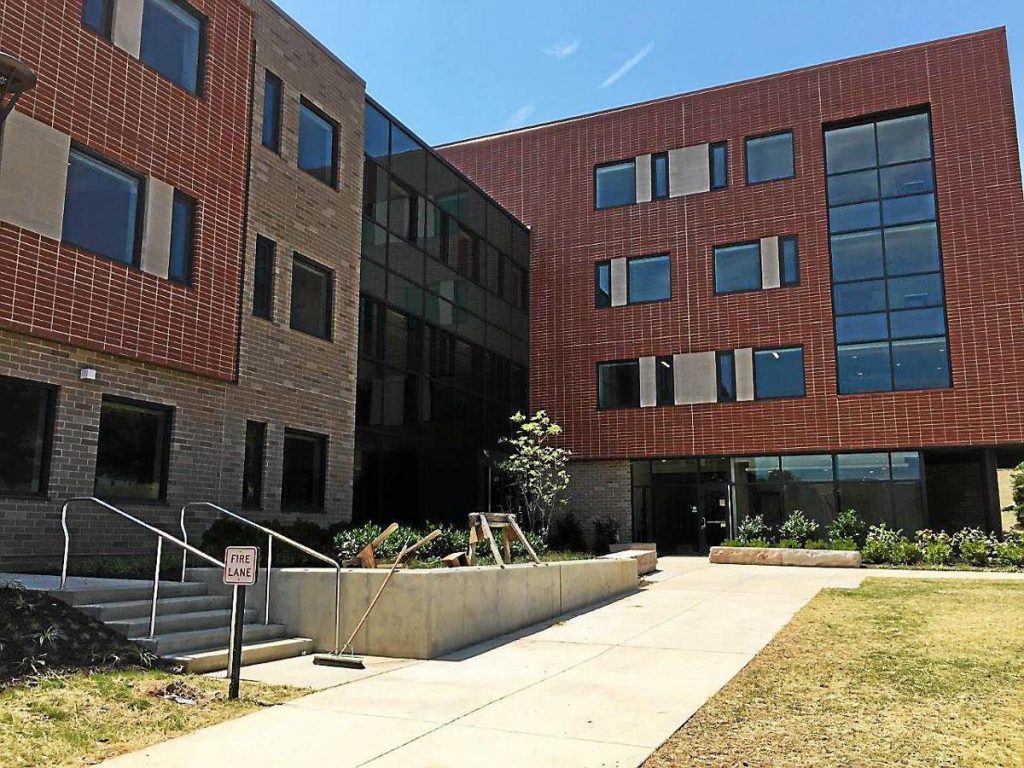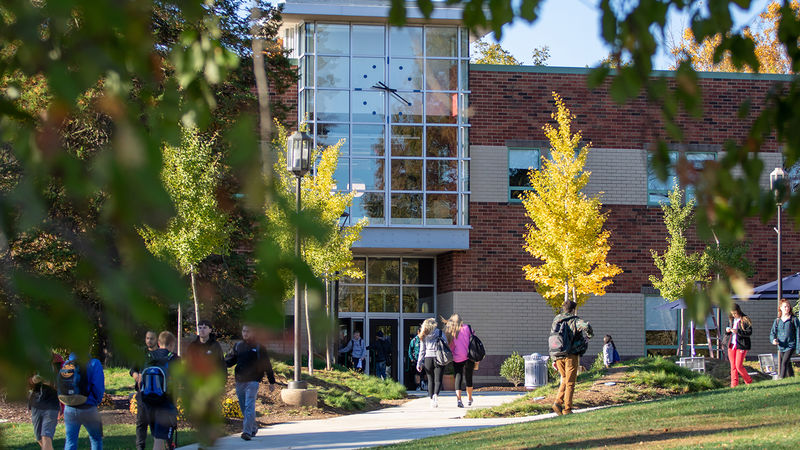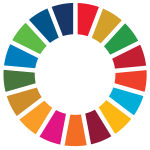Esta web utiliza cookies para que podamos ofrecerte la mejor experiencia de usuario posible. La información de las cookies se almacena en tu navegador y realiza funciones tales como reconocerte cuando vuelves a nuestra web o ayudar a nuestro equipo a comprender qué secciones de la web encuentras más interesantes y útiles.
Sustainability Stories Developed by University Classrooms for Younger Students
Description
Institution
Penn State Brandywine

Organizations/areas of the university involved
Penn State Brandywine Academic Affairs/Earth Science courses, Penn State Brandywine Writing Studio, John D. Vairo Library (of Penn State University Libraries)
Country
united states
University students create a collection of short non-fiction stories that connect to at least one SDG and are posted online for teachers of lower grades to use in classrooms.
The short story project is a university course-based assignment that provides an opportunity for introductory-level non-science majors to think about what is relevant in their own learning of earth science and sustainability and why the content and its application matters. While enrolled in a course with the overarching goal of improving student science and information literacies, students at Penn State Brandywine (Media, Pennsylvania, USA) were challenged to write three non-fiction stories that would each connect to one or more of the SDGs. To obtain the content for their stories, students spent instructional time with a librarian who assisted students with obtaining credible information and how to evaluate online content. A writing and peer-review component required students to write about their sustainability topic in the And-But-Therefore (ABT) template, supported by in-text citations and a reference list. The ABT template requires students to write in a narrative style with a set up (And), contradiction (But), and consequence (Therefore). The motivation to use a narrative format was to provide material that would engage a reader in a storyline instead of a listing of facts and numbers.
Results and impact measured or expected
Forty undergraduate students were enrolled in one semester of an introductory-level earth science course with the short story assignment to improve multiple literacies and communication (writing) skills. Students were given a validated survey by Biasutti & Frate (2017) pre/post assignment to see if there were any measured changes in attitudes towards sustainable development along four constructs – environment, economy, society, and education. Students showed a statistically significant (95% confidence interval) improvement in seven out of the twenty survey statements.
Connection with the SDG framework
The outcomes of the short story assignment go beyond having students expand their SDG content knowledge. These first-year university students are able to improve their information search skills as they find credible, reliable, and accurate information on a topic for their stories. Each student wrote three stories to repeatedly practice their written communication skills beyond a traditional report format which is how they were used to disseminating their work in prior science courses. By writing non-fiction stories, students take the sustainability-related information and learn how to share in the format of a story that can be read and understood by non-scientists such as themselves. These foundation skills, taught in the framework of sustainability, provide a foundation for students to further engage with others on subject areas outside of their intended major discipline, and learn their knowledge of sustainability topics could benefit younger learners.
Barriers and follow up
The largest barrier, which was the only barrier we faced, was getting students to write a story in a science course. In previous grades, students were so accustomed to writing laboratory reports or other types of research papers in science classes. Students were able to learn the science of sustainability and how to research and evaluate sources to do the writing, but it took more time than anticipated to get students to frame their writing with a narrative arc. The And-But-Therefore (ABT) template was helpful, as well as the services of the professional and peer tutors in the university writing center that offered individual and group review sessions.
Transferability of the initiative
This initiative can easily be adapted to other courses and disciplines. This project was focused in an earth science course and addressed primarily the SDGs tied to the environment. However, any other discipline could use the template for this assignment, incorporating the library instruction and research component along with the writing instruction, and identifying a partner organization to disseminate the completed student work. The short story writing assignment would also be appropriate in any geographic region, and instructors may want to focus on having students write stories about sustainability issues in their local region, or encourage students to broaden their learning across a global scale.
Education 4 SDG funciona gracias a WordPress


